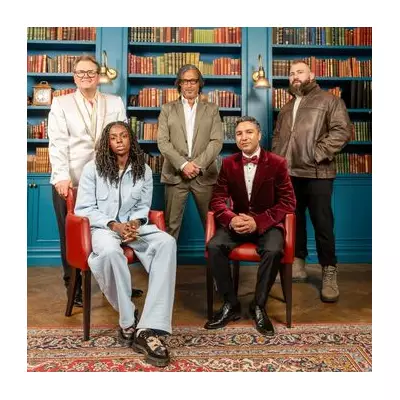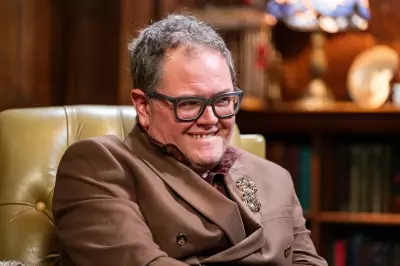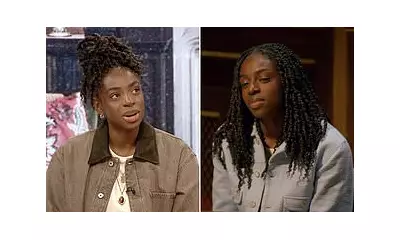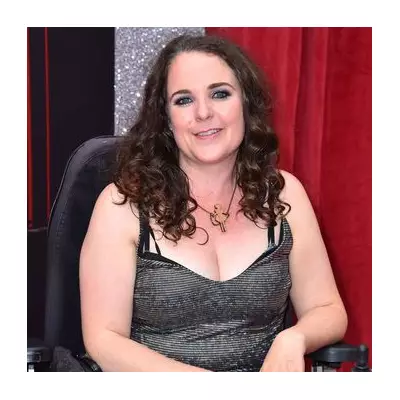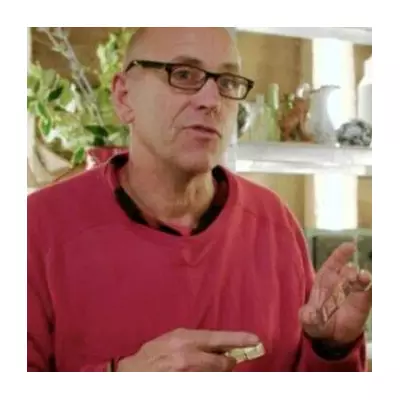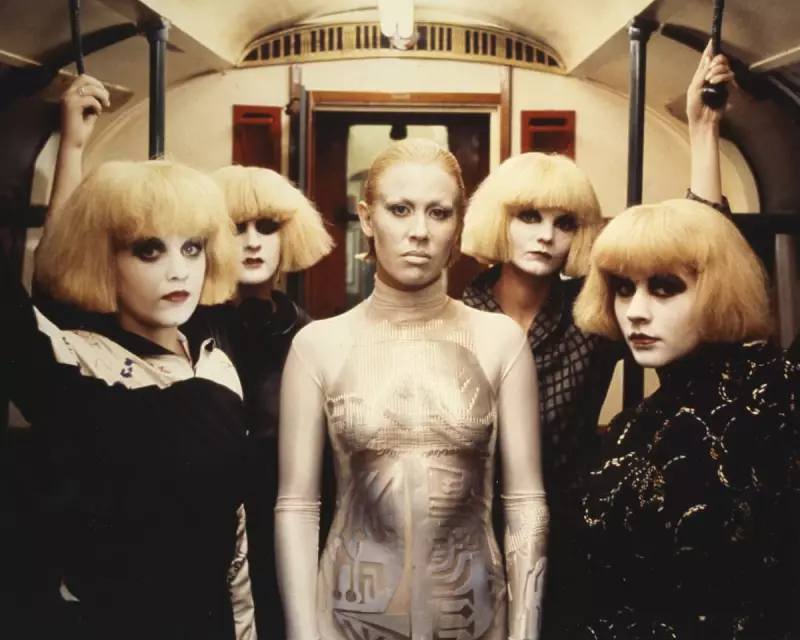
For many, a comfort film provides a warm, fuzzy escape. For one writer, however, solace was found in the gritty, unvarnished world of 1980's 'Breaking Glass'. This cult classic, often revisited during the drudgery of a corporate City job, offered not cosy reassurance but a powerful blast of rebellious energy.
A Snapshot of a Fractured Britain
Released in September 1980, the film landed as the Thatcher years began with a dull thud. It holds up a mirror to a Britain grappling with the rise of fascism, rampant unemployment, fuel crises, and widespread strikes. This unruly environment, the film suggests, paradoxically opened the door for a creative renaissance.
At its heart is Kate Crowley, played by Hazel O'Connor, an idealistic singer-songwriter inspired by punk. Her music is fiercely anti-capitalist, with lyrics that rail against the system. "Most people knuckle under," she states early on. "I don't like the way life is for the majority of people. I can't change it but I can write about it."
Her journey is contrasted with the success of Susan 'Susie' Sapphire, whose song 'One More Time' becomes a hit through payola and record company muscle. This sugary disco track becomes an ominous motif, a portent of the commercial pressures Kate will face.
The Music Industry as a Purgatorial Landscape
Breaking Glass presents the music business as a cold hellscape, a purgatory where artists are stripped of their humanity. The film gleefully exposes the class divide between the champagne-guzzling public school boys running Kate's label, aptly named Overlord Records, and the artists they view with contempt.
A key figure is Danny, played by Phil Daniels, a slippery chart fixer and manager whose role is deliberately vague. Their not-quite-romance is less compelling than the toxic professional dynamic, where he pushes the "poisoned chalice of fame" her way. It's only a matter of time before Kate's Marxist principles crash into the micromanaged manipulation of the industry.
This realism is no accident. O'Connor drew heavily on her own experiences with the music industry, stating that the film was "art imitating life and life imitating life." This authenticity fuels the film's power, from the scowling determination of O'Connor's performance to the unsettling presence of the suave producer Woods, who subtly reshapes Kate's sound and image for mass consumption.
London as a Grizzled Character
The film also serves as a time capsule for a pre-gentrified London. The city itself is a grizzled, peeling-at-the-edges character, filmed in grey, uncertain lighting. Locations like the Piccadilly tube line, Cockfosters, under the Westway roundabout, and the Hope and Anchor in Islington are integral to the film's acidic snapshot of the era.
For the writer, rewatching the film is a form of "fake nostalgia" for this specific vision of the capital, with each viewing offering the chance to spot new details, like the rumoured appearances of Boy George and Marilyn as extras.
Despite being panned by critics upon release—Q magazine quipped, "Breaking Glass? More like Breaking Wind…"—the film feels strikingly relevant today. Its themes of artistic integrity versus commercial pressure, and systemic exploitation, continue to resonate.
The final scene leaves the door open for more, though a sequel never materialised. O'Connor herself hoped Kate would "go off and become a mountaineer and have a totally new life." It's a fittingly unconventional wish for a film that continues to provide gritty, unvarnished relief for its fans.

